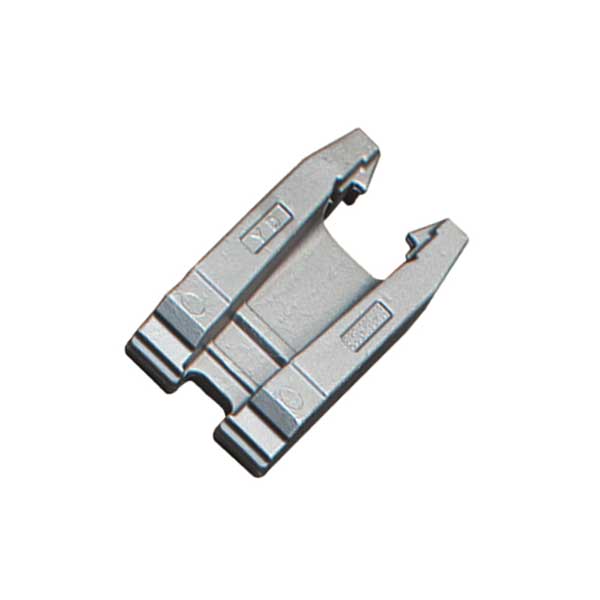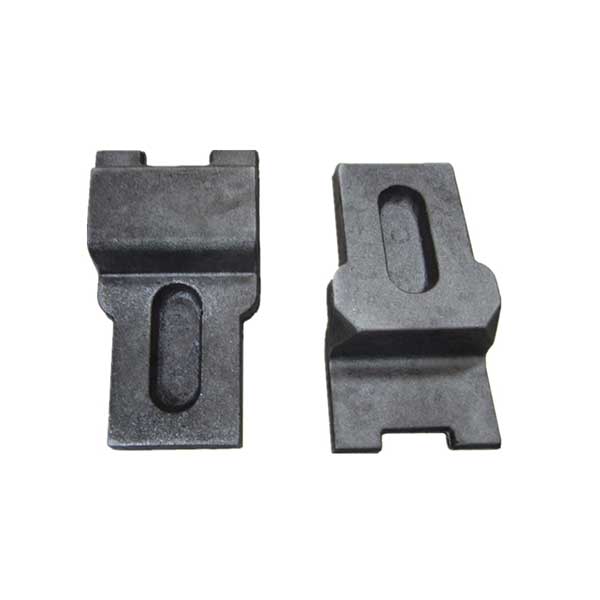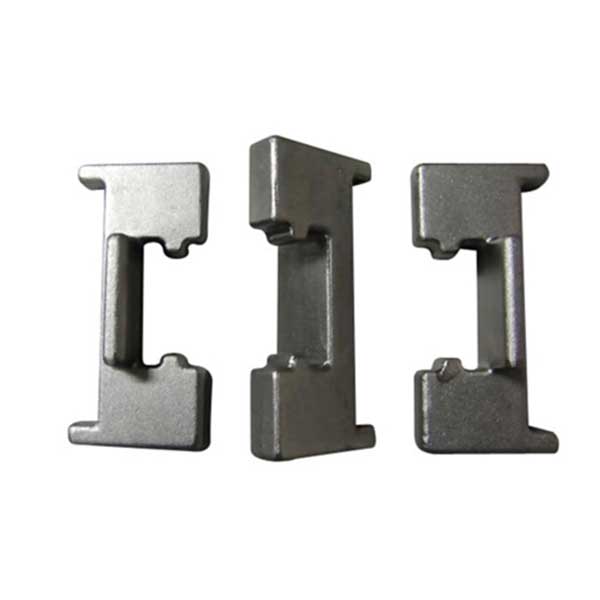Cold forging is a general term for plastic processing such as cold die forging, cold extrusion, and cold heading. It is the forming process of the material below the recrystallization temperature, and the forging is carried out below the recovery temperature. In production, forging without heating the blank is called cold forging.
Most of the cold forging materials are aluminum and some alloys, copper and some alloys, low carbon steel, medium carbon steel, and low alloy structural steel with low deformation resistance and good plasticity at room temperature. Cold forgings have good surface quality and high dimensional accuracy, which can replace some cutting processes. Cold forging can strengthen the metal and increase the strength of the part.
Introduction of cold forging process

Cold precision forging is a (near) net shape forming process. The parts formed by this method have high strength and precision and good surface quality. At present, the total amount of cold forgings used in an ordinary car abroad is 40~45kg, of which the total amount of toothed parts is more than 10kg. The single-piece weight of cold forged gears can reach more than 1kg, and the tooth shape accuracy can reach 7 grades.
Continuous process innovation has promoted the development of cold extrusion technology. Since the 1980s, domestic and foreign precision forging experts have begun to apply the split forging theory to the cold forging of spur and helical gears. The main principle of shunt forging is to establish a shunt cavity or shunt channel of material in the forming part of the blank or die.
During the forging process, while the material fills the cavity, part of the material flows to the shunt cavity or shunt channel. The application of shunt forging technology enables the less and no cutting processing of higher precision gears to quickly reach an industrial scale. For extruded parts with a length-diameter ratio of 5, such as piston pins, cold extrusion can be achieved at one time by axial shunt by using a wide range of axial residual blocks, and the stability of the punch is very good; for flat spur gears Forming, the use of radial residual blocks can also achieve cold extrusion forming of products.

Blocked forging is to extrude metal in one or two directions through one or two punches in a closed die at one time to obtain near-net shape precision forgings without flash. If some car precision parts such as planetary and half shaft gears, star sleeves, cross bearings, etc. are processed by cutting, not only the material utilization rate is very low (less than 40% on average), but also it takes a lot of man-hours and the production cost is extremely high. These net shape forgings are produced in foreign countries using occlusion forging technology, which saves most of the cutting process and greatly reduces the cost.
Advantages and disadvantages of cold forging

Cold forging process is a precision plastic forming technology, which has unparalleled advantages of cutting, such as good mechanical properties, high productivity and high material utilization rate of products, especially suitable for mass production, and can be used as a manufacturing method for final products. , It has a wide range of applications in industries such as transportation, aerospace and machine tool industries.
Material requirements are high; not suitable for small amounts of processing; mold requirements are high.
The above is a detailed introduction to the cold forging process. The forming accuracy of cold forging technology is higher than that of warm forging and hot forging, and it has its unique advantages in the field of precision forming. The application of the cold forging process improves the bore finish, dimensional accuracy and surface strength, prolongs the life of the barrel, and improves the shooting accuracy of the gun accordingly, and it is easy to process the tapered barrel and reduce the quality.


